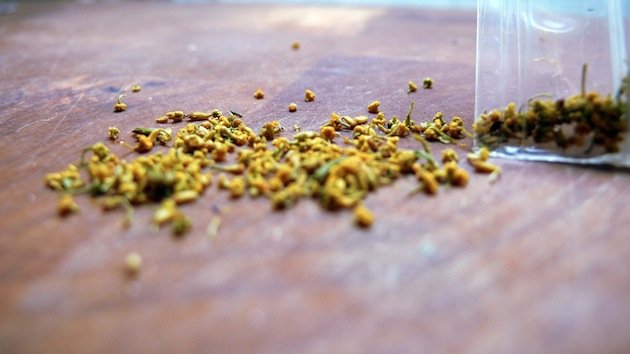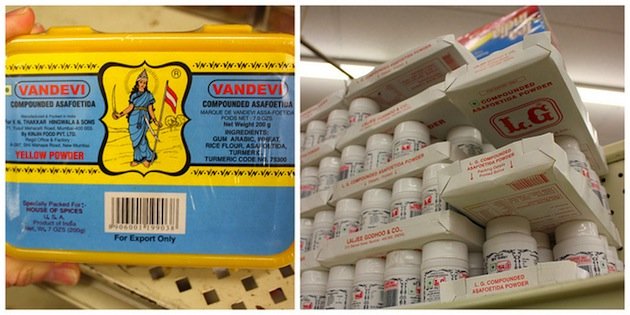
Abnormal ingredients for the World Street Food Jamboree hawkers
By Sheere Ng - Sunday, May 26, 2013
Asafoetida powder, bánh đa cua, bpoon daeng, fennel pollen and cow’s head. When tasked to source for these items for the upcoming World Street Food Congress Jamboree, we not only need to learn how to pronounce them, but also find out where in the world to get them.

The event, which is happening from 31st May to 9 June at the F1 Pit Building in Singapore, will see top-notch street food vendors coming from 10 cities to prepare some of the world’s greatest and most celebrated street food. As Singapore has strict food importation laws, the challenge lies in sourcing ingredients that produce dishes true to their origin – and legal.
Some items got us scratching our heads, but it didn’t take us long to find a local supplier. Asafoetida powder or Hing powder for example, sounds foreign to many, but it is a standard ingredient in Indian vegetarian cuisine, particularly in the making of dhal. It is derived from giant fennel and has strong unique aroma that goes well with turmeric and mustard seeds.
Knowing the English translation of Bánh đa cua (Vietnamese red noodle) didn’t do much to help our search for this ingredient but we were warned by the cooks who requested for the noodle that this is what makes or breaks the authenticity of the dish and it will be a crime to replace it with other Vietnamese noodles like pho. Bánh đa cua, we learnt, is a speciality of Hải Phòng city in northern Vietnam. It gets its colour from the use of red rice that also gives it a wheaty taste. Will we find this noodle and enough of them for this event? We shall leave you in suspense…but we can attest that it tastes like nothing we have in our red dot city.
Bpoon daeng (red limestone paste) doesn’t sound like food but it is commonly used amongst the Thai to create crispy and golden brown batter. Our Muslim hawkers incorporate a bit of it in their Goreng Pisang but it is the white version they prefer. We suggested this version and they are agreeable to it as all hawkers invited to this event are masters in their own arena and should have no problem adapting to ingredients from foreign lands.
Old rice grain is as straightforward as it sounds but the reason why a hawker who makes pancake needs this is not. We learnt later that he insists on make his rice flour from scratch, even though there are ready made ones, so that he has more control over the texture of the final product. Kudos to him!
Cow’s head is one of the most bizarre requests we received but we were also told by the Indonesian hawkers that it (with brains, tongue as soft bones) works like prawn head, giving soups a rich flavour that no other parts will. It is also prized for its tender cheek (like pork cheek). Unfortunately (and fortunately for some) local butchers don’t import cow’s head and we have to replace with beef shank and tripe.
Fennel pollen is easy to pronounce but it’s the biggest test to all our suppliers (vegetables and dry goods because we don’t know who to get it from). We thought it’s the flower buds which may still be possible to acquire but no, our American guest cook says it’s harvested from the flower before it turns into seed therefore it tastes very different. We are exploring all options to get this for his burger…



